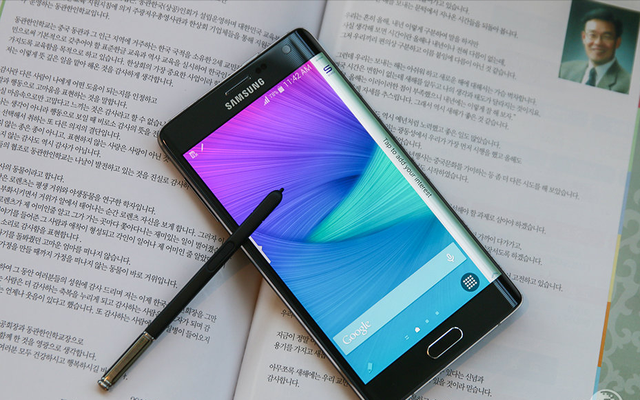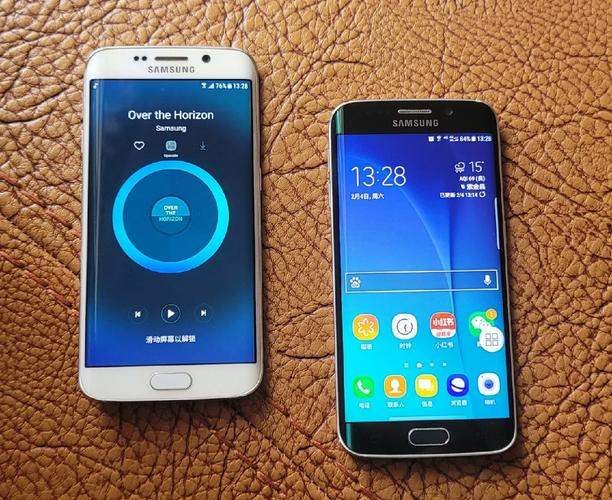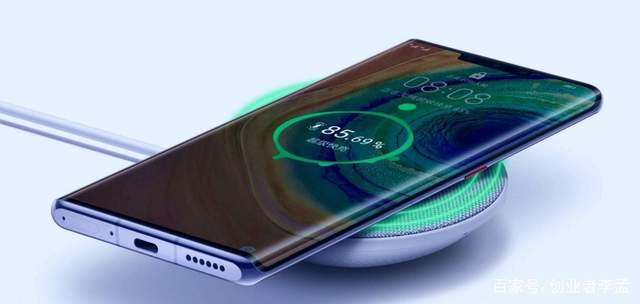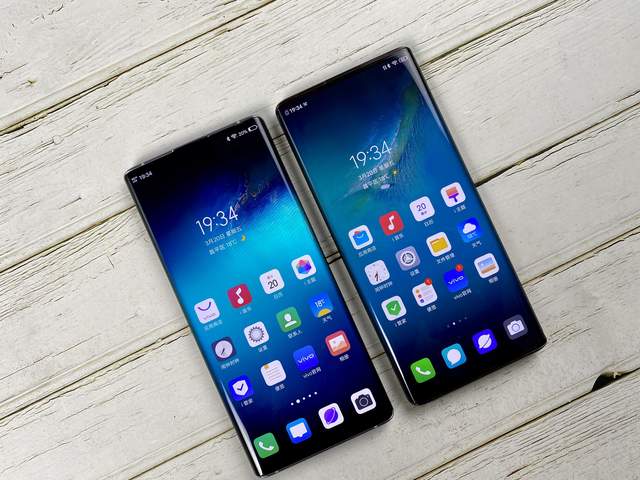After a Decade of 'Bending' to Samsung, Domestic Mobile Phones Rise Above Deception and Embrace Straight Screens
![]() 04/13 2025
04/13 2025
![]() 430
430
When Liu Zuohu, OPPO's vice president, declared in a media interview that "future products will abandon curved screens," a decade-long discourse on the merits of curved versus straight screens finally saw a significant shift.
Since Samsung introduced the curved screen with the Galaxy Note Edge in 2014, domestic mobile phone manufacturers have collectively taken a turn. This seemingly simple design choice encapsulates a journey of domestic manufacturers evolving from blind imitation to rational reflection.

I. The 'Golden Age' of Curved Screens
In 2014, Samsung ushered in a new era of mobile phone design with the Galaxy Note Edge. While competitors were still focused on screen size, Samsung curved the OLED screen at a 55-degree angle, giving the phone a futuristic look and introducing a sidebar shortcut function.
This 'technological marvel' instantly captivated the market, and Note Edge sales quickly surpassed one million units, establishing curved screens as a flagship feature.
Domestic manufacturers swiftly followed suit. In 2016, vivo's Xplay5 was the first to feature a dual-curved screen, followed by Xiaomi's Note 2 and Huawei's Mate 9 Pro. At its peak, even mid-range phones priced at 3,000 yuan began to 'compete on curves,' transforming curved screens from a technological innovation into a marketing ploy. A domestic manufacturer's product manager once admitted, "Users might not use curved screen features, but if they're not listed in the specs, the phone won't sell."

II. The Hidden Costs of Aesthetic Appeal
The 'practical issues' of curved screens soon became evident. Repair shop data revealed that curved screen phones have a 2.3 times higher screen breakage rate than straight screen phones, with replacement costs often exceeding one thousand yuan.
Screen protector installers collectively developed a 'curved screen phobia' – at least 3 out of every 10 films would peel up at the edges. Moreover, the curved screen interactions of many manufacturers remained stagnant at the 'running light notification' stage, earning them the humorous moniker of 'the most expensive decorative strip.'
Samsung had long been aware of these pain points. Starting with the Galaxy S20 series, it reduced screen curvature from 88 degrees to 68 degrees, and by the S24 series, it approached a 'micro-curved screen.' However, domestic manufacturers were slow to adapt, with some flagship phones still adhering to the 'waterfall screen' design in 2023. A review agency's drop test found that the first-time drop damage rate of a domestic curved screen phone was as high as 42%, compared to only 27% for Samsung's S23 during the same period.

III. The Underlying Supply Chain Battle
The craze for curved screens was fueled by Samsung's 'tacit monopoly.' As the world's largest OLED supplier, Samsung's early curved screens utilized proprietary COP packaging technology, requiring support from its own production lines and equipment.
Industry data shows that between 2016 and 2020, domestic mobile phone manufacturers incurred an additional cumulative screen cost of over 8 billion yuan for curved screens, while Samsung Display maintained a profit margin above 20% during the same period.
This technological dependency even influenced product planning. A senior executive from a domestic manufacturer revealed, "To secure high-quality curved screens, we had to book capacity six months in advance." When Samsung began reducing the application of curved screens, domestic manufacturers suddenly realized that the designs they had purchased at great expense had become a burden detracting from user experience.

IV. The Deeper Logic Behind the Return to Straight Screens
The resurgence of straight screens is not a mere 'regression.' The 1.5mm ultra-narrow bezel of Xiaomi 14 and the 2.5D micro-arc glass of OPPO Find X8 demonstrate that straight screens can seamlessly blend aesthetics with hand feel.
More importantly, user needs are evolving: JD.com data shows that searches for 'straight screen phones' surged by 230% year-on-year in 2024, and 'reject curved screens' has become a common refrain in e-commerce live streaming rooms.
This decade-long experiment with curved screens has imparted a crucial lesson to domestic mobile phones: True innovation should not be held hostage by the supply chain but should stem from rational choices grounded in user experience. When mobile phone manufacturers cease being obsessed with 'curved,' we inch closer to the standard of a 'great phone.' As one industry insider put it, "Making a straight screen requires courage, but making the experience 'straight' demands sincerity."







